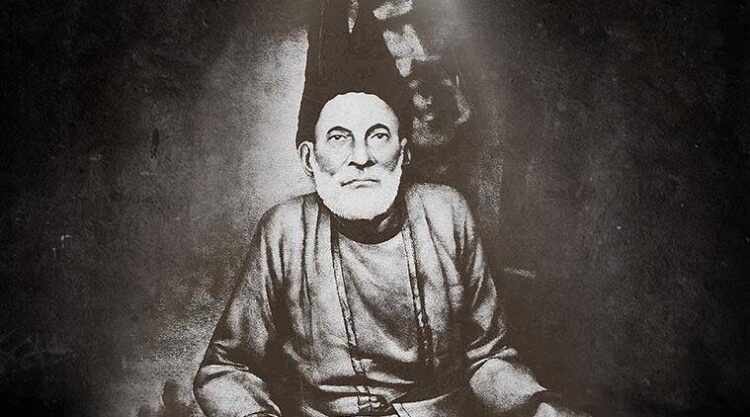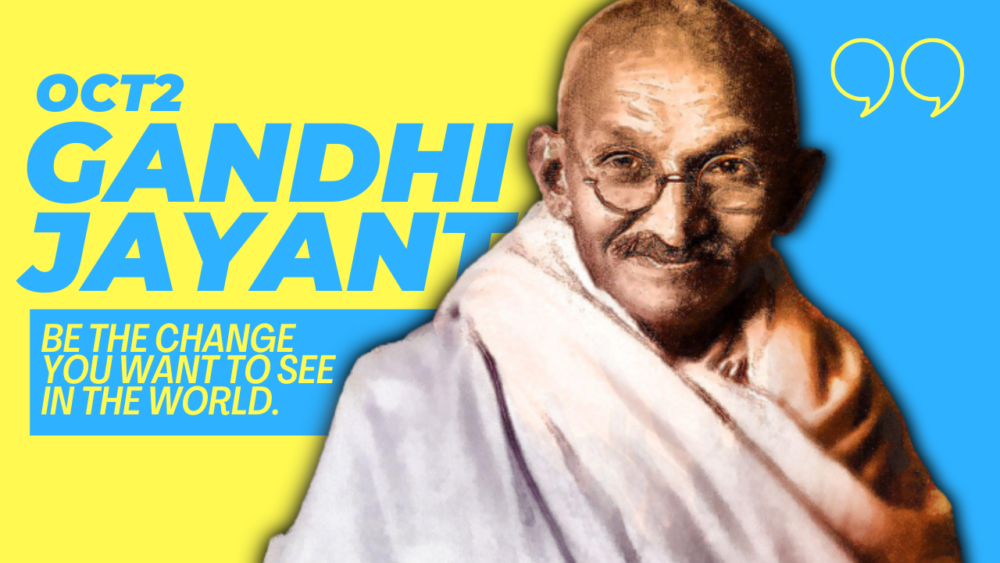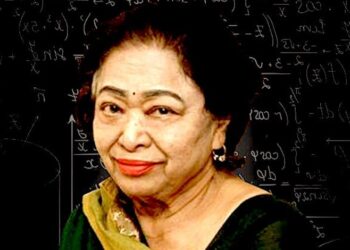Mirza Ghalib was perhaps the greatest poet of Urdu the world has ever seen. His poetic prowess was at par with the god of Urdu poetry (Khuda-e-sukhan) Meer Taqi ‘Meer’, and his popularity was second to none. Born Asadullah Begh Khan, he composed poems under the nom de plume of ‘Ghalib’. The crown jewel of the Delhi school of poetry, he was among the prized set of poets in Mughal emperor Bahadur Shah Zafar’s court.
Ghalib was an Indian poet who lived from 27 December 1797 to February 15th, 1869. During his lifetime, the Mughal Empire, which was already in decline, was eclipsed and superseded by British East India Company rule, which was eventually ousted following the loss of the First Indian War of Independence (Sepoy Mutiny) in 1857, as detailed in his work. Mirza Ghalib is well-known for his outstanding poetry.
Ghalib was born in Agra. He first came to Delhi when he was seven years old. After his marriage to the niece of the first Nawab of Loharu and Firozpur Jhirka, he travelled to the Mughal capital at the age of 13. Thereafter, the city became home to him, a he remained in the city for another 50 years.
Ghalib never acquired a home at that time, instead opting to rent and move whenever he became bored. However, he never left Gali Qasim Jan or its environs. His final residence, which he died in, was under the shadow of a mosque. As a result, the following couplet was born:
Masjid ke zere saaya ek ghar bana liya hai
ek banda-e-kameena hamsaya-e-khuda hai
(Under the shadow of the mosque, I have made my house/a scoundrel is the neighbour of the God).
A tragic tale: Ghalib’s Life in Delhi
Except for a brief period in his early adolescence, Ghalib’s life was one of constant agony, misery, and sadness. His forebears held key roles in the Mughal and East India Company armies, and he hailed from a famous Seljuqid Turk family. In 1797, he was born in Agra. Abdullah Beg Khan, Ghalib’s father, was killed in combat when Ghalib was just five years old. After his father died, he was raised by his uncle Nasrullah Beg Khan, who died when Ghalib was nine years old. Ghalib then moved in with his mother’s wealthy parents, whose indulgence resulted in him acquiring unfrugal habits and a penchant for teenage indulgences, which subsequently became the source of many of his problems.
He didn’t have a formal education and had to learn what he knew via his initiative and amazing intelligence. He married a respectable Delhi family at the age of thirteen and migrated to Delhi permanently in 1812.
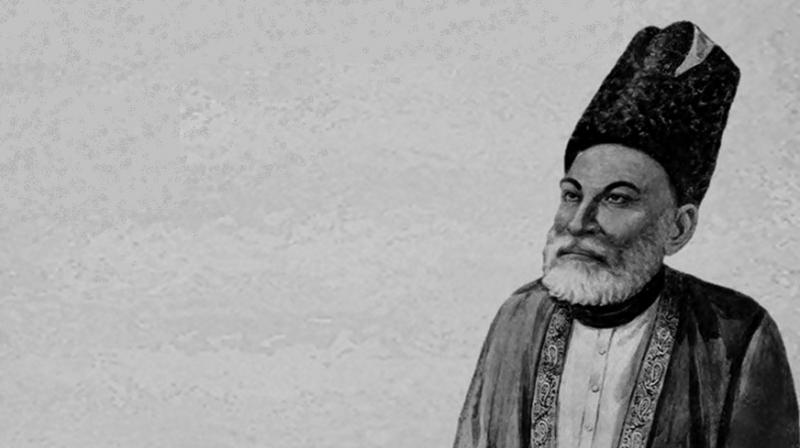
There, too, adversity pursued him. He didn’t have a steady source of income and relied on guests for assistance. He was reliant on borrowed funds, which further added to his issues. He’d never had his own home. His home life was everything but joyful. His temperament and that of his wife, Umrao Begum, were tragically incompatible. Seven children were born to this union, but they all died in infancy. Ghalib then adopted Zain-ul-Abidin Khan ‘Arif, the nephew of his wife, but he died young as well.
Mirza Ghalib’s worldview and identity-
Ghalib was an aristocrat by birth and character. He was a man of strong sympathies, warm-hearted, humble, attentive, and giving, despite his high self-respect and independence. He had a big group of friends with whom he treasured his acquaintance. However, when it came to opponents, he was brutal and would never forgive them once he became irritated. He was devoid of dogmatism and intolerance in every way. He was unafraid of religious restrictions, and his behaviour was marked by frankness and sincerity, which complemented his liberality. He wasn’t an ascetic, and he enjoyed the finer things in life, such as wine, women, chess, mangoes, and good company.
At a period when noble birth still counted, he was rightfully proud of his lineage. But, as a poor man, he desired to live in the manner of his forefathers. This is where most of his problems began. He was enraged because as a skilled poet, he was underappreciated at court, where less talented poets were given sponsorship that should have been his. Even in his worst periods, he had a sharp wit and a nice demeanour. His life’s sad melancholy was punctuated by bursts of good joy and laughter. His jovial demeanour did not spare anyone in his vicinity. He could laugh at his misfortunes.
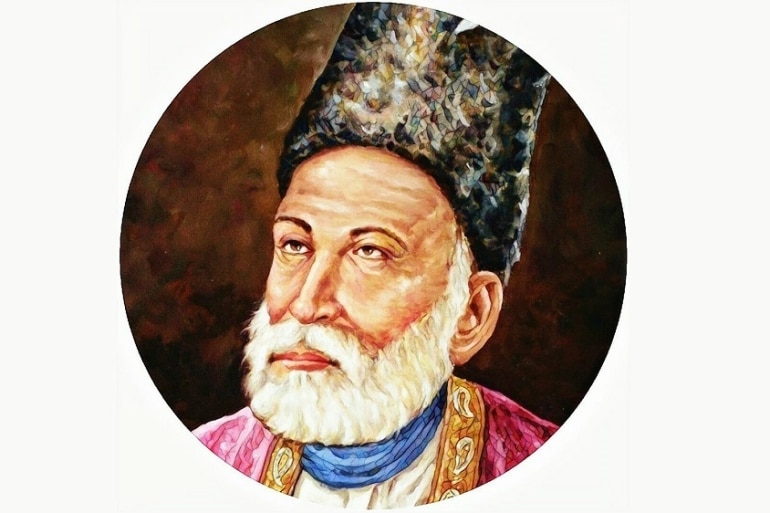
Ghalib was captured and brought before the presiding commander of the army after the insurrection when the British were gathering up Muslims associated with the Mughal empire. When he questioned Ghalib if he was a Muslim, he received the following response: “Ji, aadha Musalman hoon (I’m only a half-Muslim).” The colonel asked: “What do you mean?” Ghalib replied: “Sharaab peeta hoon, sooar ka gosht nahin khata (I consume alcohol, but don’t eat pork.)”
Ghalib’s work in the realm of poetry-
Ghalib penned his works in Persian rather than Urdu. He regarded his Persian poetry and prose as more important, and sought to be assessed only based on his Persian compositions. Despite his rightful status as India’s last traditional Persian poet, he is more known and remembered for his Urdu writings.
He was a gifted poet who began composing poems at the age of 10. He was formerly obsessed with imitating Persian poets, particularly Bedil, who produced extremely Persianized and esoteric poetry. His contemporaries ridiculed and mocked him for it. He had rejected much of his scholarly poems that offended good taste by the age of 25. Ghalib wrote with effortless freedom in far simpler and purer language once he had identified his style.
Ghalib is an enigmatic poet. His universe is far too large and conflicting to be classified into a single group. His Ghazals are one-of-a-kind not just for the intensity of the emotions they communicate, but also for their flawless form, exquisite melody, and profound sense of the world’s beauty that they disclose. Ghalib sang about ‘all the stages of life,’ and he had a breadth and depth of emotion that no other Urdu poet possessed. His love is just sensual, not idealistic and self-surrendering.
Benefaction of Mirza Ghalib – a few of his brilliant couplets
1.ham ko ma.alūm hai jannat kī haqīqat lekin
dil ke ḳhush rakhne ko ‘ġhālib’ ye ḳhayāl achchhā hai
2. ishq ne ‘ġhālib’ nikammā kar diyā
varna ham bhī aadmī the kaam ke
3. mohabbat meñ nahīñ hai farq jiine aur marne kā
usī ko dekh kar jiite haiñ jis kāfir pe dam nikle
4. hazāroñ ḳhvāhisheñ aisī ki har ḳhvāhish pe dam nikle
bahut nikle mire armān lekin phir bhī kam nikle
5. ye na thī hamārī qismat ki visāl-e-yār hotā
agar aur jiite rahte yahī intizār hotā
6. ragoñ meñ dauḌte phirne ke ham nahīñ qaa.il
jab aañkh hī se na Tapkā to phir lahū kyā hai
7. ishrat-e-qatra hai dariyā meñ fanā ho jaanā
dard kā had se guzarnā hai davā ho jaanā
8. ishq par zor nahīñ hai ye vo ātish ‘ġhālib’
ki lagā.e na lage aur bujhā.e na bane
In the twenty-first century, interest in Ghalib’s lyrics has constantly increased, primarily due to Jagjit Singh composing them. His impact on the current generation is widespread and significant. They regard Mirza Ghalib as someone who, like them, values intelligence yet recognises the need of a spiritual core.
Also Checkout: From rings to politics: The Great Khali


